Mammals
In my opinion, June is unquestionably the month of baby deer. It’s now the peak time for deer to give birth, with all our resident species dropping their calves, fawns and kids this month. With that in mind, it is important to remember the natural behaviour of these animals: they leave their young lying up in vegetation while they move off to feed. Baby deer will clamber to their feet to suckle within about half an hour of birth, but are very unsteady for the first day or so of life and therefore unable to follow their mother or outrun a predator. Consequently, the mother leaves her youngster, which gives off virtually no scent, lying up in long vegetation, and goes to feed somewhere else (initially only about 50m away, but up to about a kilometre away after a couple of days), returning several times over the course of the day to suckle.
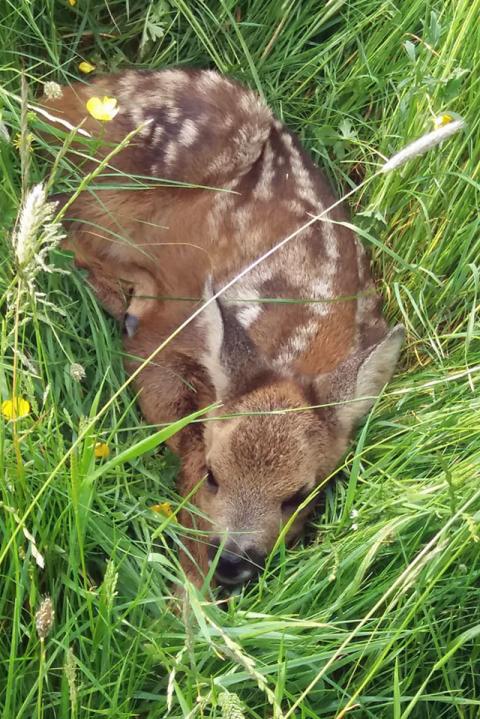
When the youngster is a few days old and much more accomplished on its feet, it will find its own hiding places and lie in wait for its mother to return. If you come across a baby deer lying up in the undergrowth, with its mother nowhere to be seen, please do not touch it or take it in to a rescue centre without good cause (i.e. it’s obviously injured or you know the mother has been killed). It is very rare for mothers to reject/abandon their offspring. Every year wildlife rescue centres receive deer calves that have been “rescued” by well-meaning but ill-informed members of the public. So, if you stumble across a baby deer this month, please just leave it where it is – the mother knows it’s there and will be back to feed it later. Towards the end of the month the youngsters will be up and about following their mothers, and can sometimes be found playing in crèches.
Red, fallow, sika and reindeer deer typically produce a single calf per season, with twins being exceptionally rare. Muntjac does produce a single fawn at a time, but will conceive while still suckling, meaning that they’ll spend most of their lives pregnant. Twins are very common for roe deer mothers, by contrast, and in the UK some 75% of births will be twins, the remainder being singletons (20%) and, rarely, triplets (5%). Chinese water deer often produce twins and even triplets, with reports of as many as seven fawns produced by a single female.
It’s not only baby deer that are around this month. Young foxes and badgers are also above ground and becoming increasingly bold in their explorations. There will also be juvenile stoats and weasels abroad and you may be fortunate enough to see young moles above ground as they search for a vacant territory, their breeding season having come to a close. Dispersal can happen at any point between five and nine weeks old and normally occurs above ground because it reduces the potential for confrontation with other territory-holding moles. Moles are highly territorial and will fight with any individual trespassing into their tunnel system. It is during this dispersal period that the moles are at the greatest risk of being run over or caught by predators. Despite being distasteful to most predators (tawny owls apparently being the exception), moles are often killed by predators that hunt primarily by sound rather than sight (e.g. foxes and cats) because they don't know what they're pursuing until they've caught it. Foxes will occasionally bring moles back to their cubs, but in most cases both predators abandon their catch.
We have now also arrived at the first peak in the hedgehog birthing season. Hedgehogs are very active now and will appreciate any food and water you’re able to leave out for them in your garden, particularly during prolonged hot, dry spells. When it comes to deciding what food to put out, remember that moderation is the key. Wet meaty cat or dog food is best, along with some dry cat or dog biscuits, or the special “hedgehog food” which many supermarkets, garden centres and online retailers now sell. Foods such as peanuts (ideally crushed), sunflower hearts and, particularly, mealworms are relished by hedgehogs, but should be given in moderation only (think “hedgehog sweets”) because their mineral ratio might cause bone thinning, especially in lactating females. If you find a baby hedgehog, disturb a nest, or find a hedgehog out during the daytime, please check out my Helping Hedgehogs article or contact the British Hedgehog Preservation Society to be put in touch with your local carer/rescue centre.
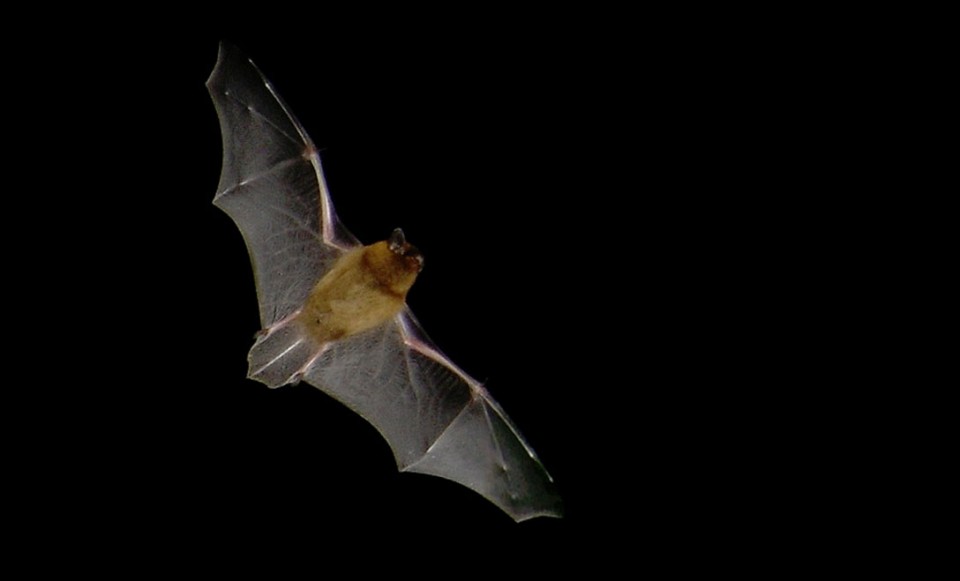
Bats are very active at this time of year and an evening stroll with a bat detector can be very rewarding. Even if you live in the middle of a town or city, take a few minutes to stand near a streetlight at dusk and chances are you’ll see pipistrelles zipping about catching insects. Many of our 16 species of bat will also be giving birth during this month. Around our coastlines the first seal pups of the year will be starting to appear.
Birds
This is a probably the peak month for fledgling garden birds and there should be plenty of recently-fledged robins, starlings, blackbirds, blue tits and goldfinches around. Many water birds will have young too, including swans, ducks, coots and moorhens, and great crested grebes. June is a good month for osprey-spotting, and there will also be a wealth of warblers and birds of prey.
June marks the height of the cuckoo breeding season in the UK. Cuckoos are brood parasites, which means they lay their eggs in the nests of host species; when the chick hatches it pushes the host’s eggs/chicks out of the nests and is raised by the host birds. Cuckoos parasitize over 100 bird species including redstart, brambling, robin and pied wagtails. This may sound like a broad "host base", but it acutally represents only about 0.5% of the total number of bird species known to science. Indeed, this is one of the reasons cuckoos migrate vast distances every year; cuckoos adapt to specific hosts and females pass their preferences on to their daughters, so they must return to their country of birth to seek out their host. (The other reason, incidentally, is that days are longer here in the Northern Hemisphere and more feeds means their chicks grow more quickly than they do closer to the equator.) In Britain, meadow pipits, dunnocks and reed warblers are the most common hosts.
Male cuckoos are polygamous, mating with several females within his range. A pregnant female cuckoo will scope out a suitable nest, wait for the parent to leave, then land in the nest, push out an egg, lay one of her own, and fly off. This process takes about 10 seconds. It is estimated that a female may visit up to 50 nests during a single breeding season. If the cuckoo is out of phase with a clutch of host eggs, she will eat them all so that the hosts are forced to start another brood.
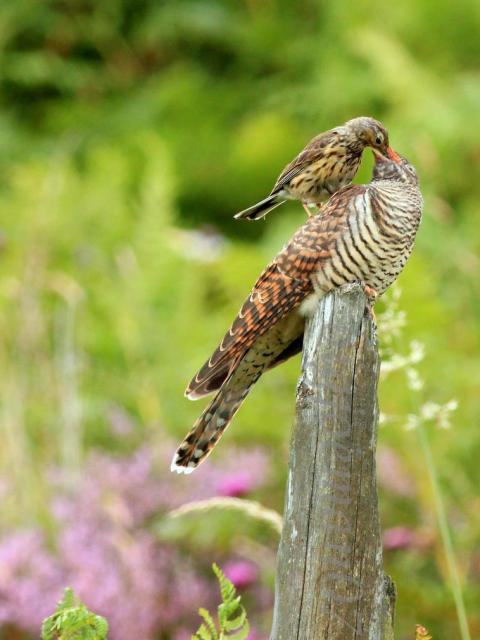
The eggs laid by a cuckoo may be significantly larger than that of the host, typically measuring 2.2cm by 1.6cm (0.9 x 0.6 in.) and weighing about three grams, but still relatively small for the size of the bird. The female can retain the egg within the uterus for an extra 24 hours prior to laying and this extra period, during which the egg is maintained at around 40C (104F), allows the cuckoo chick to grow faster than it would during the same period in the nest – the result is that the cuckoo egg is more developed than those of the host and will hatch first. As soon as the chick hatches it sets about pushing eggs out of the nest using its back and shoulders. Cuckoo chicks are significantly larger than those of the host and so need to monopolise the food brought by the parents. The host parents will dutifully feed the chick until it fledges about four weeks after hatching. Once fledged, the juvenile cuckoos fend for themselves, typically returning to Africa/Asia in September.
If you’re out in the woods this month, keep an ear out for squeaking from the branches as June is a great month to look for branching tawny owls. These owlets leave the safety of the nest earlier than other species and sit around on nearby branches waiting for their parents to bring home dinner. As they moult they lose their grey downy fluff and begin moving around more, attempting to fly between nearby trees and uttering a curious squeaking noise as they go. Another bird of prey, the hobby, is also back in the UK now having overwintered in Africa, and can be seen hunting small birds and dragonflies over areas of heathland and gorse.
If you’re a night owl, nightjars are now arriving back in the UK and their bubbling churr can be heard on some of our heathland and woodland during June. Our resident woodcock, the migrants having returned to northern Europe, are breeding now and the roding flights of the males can be heard - and sometimes also seen - over forest clearings on mild summer nights.
If you're off to the coast to look for seal pups, keep an eye out for cliff-nesting seabirds, including terns, fulmars, razorbills and puffins, which are raising chicks now.
Reptiles & amphibians
It’s around this time of year one of our local beaches puts signs up warning dog walkers that there are lots of adders in the area and to keep their dogs on leads. Adders are the UK’s only venomous snake species and while a person’s chance of being bitten by one is remote, dogs tend to be at higher risk as they bound through the undergrowth and take the snakes by surprise. The best solution is to keep your dog on a lead in areas where adders are known to be about. If your dog is bitten, take it to the vet immediately. Carry the dog to the car if possible to minimize activity and slow the circulation of the venom. If you can, bathe the bite wound with cold water en route to reduce the swelling. Usually the vet will provide your dog with some pain relief and treat the swelling. On rare occasions anti-venom may be administered, but it’s worth remembering that most adder bites are dry (i.e. no venom is injected).

Male adders are devoting most of their time to feeding now as the breeding season has drawn to a close, meaning they’re more difficult to find, while females will spend more time basking to help speed up the development of their embryos. Grass snakes are also busy hunting and they will often take to ponds and streams to hunt for fish and amphibians. Slowworms (see below) and common lizards are still breeding, while the first baby wall lizards will start appearing later this month.
The slowworm breeding season begins in late-April/early-May, although females generally won’t ovulate until June. Studies in the lab have shown that male slow-worms can recognise and are drawn to the scent trails left by females, suggesting that they may locate their potential mates by smell. Rival males will chase each other, pushing and biting. These fights are often seen out in the open, while copulation tends to happen under cover. Once a male has located a receptive female he bites the back of her head or neck and they intertwine their bodies, eventually pressing their cloacas (the vent leading to the reproductive tract) together for the male to pass sperm to the female. Courtship can be a protracted process and the pair may remain intertwined for up to 10 hours before they copulate. Slowworms are polygynous and females will often mate with several males during the breeding season.
Many frog tadpoles will be starting to develop leg buds now. Once legs appear, the tadpoles shift from their vegetarian diet to a more carnivorous regime and become active predators in the pond. Early spawnings are likely to have metamorphosed by now and warm, wet nights in June are good times to head to your local pond with a torch and search for emerging froglets and toadlets. In my experience, the occasional adult frog or toad can be found in ponds, particularly at night, but most tend to spend the day sheltering in long grass, leaf litter or log piles at this time of year. Newts lag behind frogs and toads in their breeding and some may still be laying eggs, which will hatch about two weeks later.
Invertebrates
It’s that time of year when my Facebook newsfeed fills up with photos of two things in particular. The first is a long, winged insect, often striking yellow in colour, with long antennae; these are ichneumon wasps, a species that parasitizes other insects, including beetles, flies and butterflies. Despite their rather menacing appearance, they pose no threat to humans and the large stinger-like appendage on their abdomen is actually used by the female to lay eggs. The second are clumps of small black and yellow spiders that people have found in their gardens; these are baby orb-web spiders, most often the garden spider Araneus diadematus, that will shortly disperse into the nearby vegetation to set up their own webs.
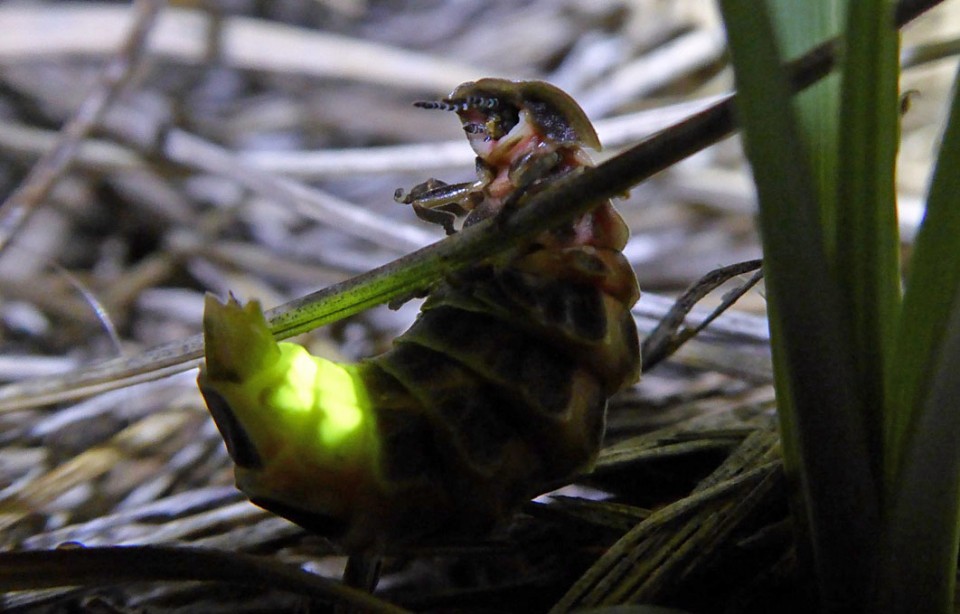
There should be quite a few spider mums-to-be in our gardens at the moment, including crab spiders sitting on egg sacs, cellar spiders carrying egg sacs in their mouths, and wolf spiders carrying around their creamy white or blue egg sacs behind them. The latter of these are devoted mothers; she’ll rotate the sac periodically to ensure both sides get enough sun (warmth) and break it open to add water in the form of saliva to prevent the spiderlings becoming dehydrated. When the spiderlings hatch they will cling to their mother’s abdomen for a week or so and she’ll carry them around.
A walk along your local river is likely to yield mayflies and lacewings in abundance, being hawked by martins and wagtails. Along the same lines, scorpion flies are also around during June; the males of this large yellow-and-black winged insect (actually members of the lacewing family, rather than true flies) have a reddish-brown reproductive organ that looks very similar to a scorpion’s sting. Scorpion flies can’t sting, but they can bite. June is also a good month for beetle-spotting, with ground beetles, stag beetles and glowworms to be found.
There are lots of butterflies and moths around at the moment, including the striking black and orange magpie moth, the red spotted six-spot burnet moth, the fluorescent elephant hawkmoth, several species of fritillary butterfly and the pale blue light emerald moth. There are also plenty of bees and flies on the wing, including yellow dung flies, snipe flies, honey bees in huge colonies surrounding their queen, red-tailed bumblebees and St Marks flies.
Plants & fungi
The vivid green of many roadside banks and verges is enhanced at the moment by splashes of blue from bluebells, pink from red campion and herb-robert, and white from cow parsley, actually a member of the carrot family. Bluebell woods are at their best this month and there are plenty of orchids to be found, including the bee orchid, burnt-tip orchid, bog orchid and heath spotted orchid. Keep an eye out for the striking red carnivorous sundew in damp areas around ponds and bogs.
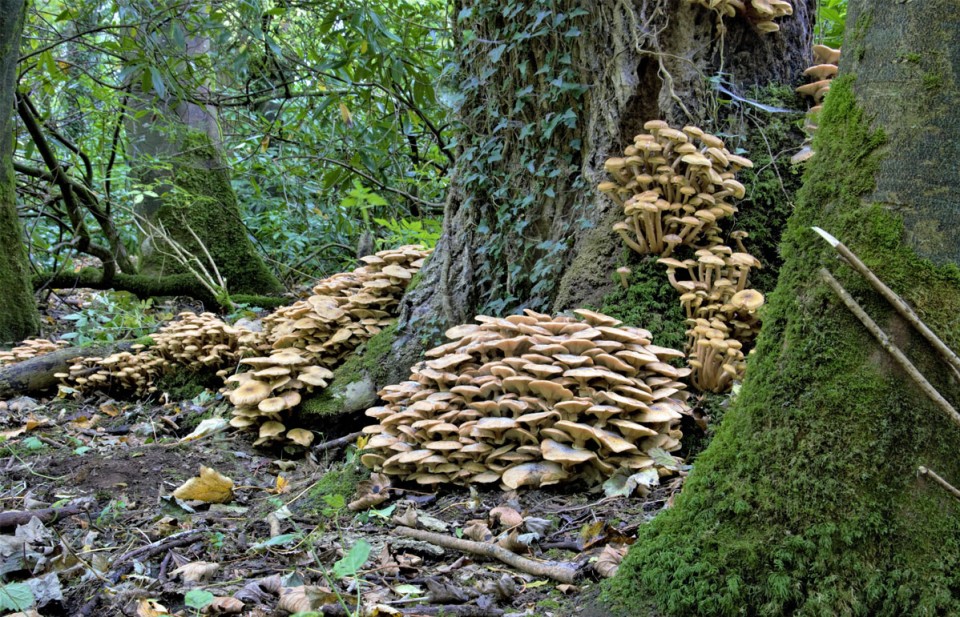
The fruiting season has just started for some of our fungi, including the deep purple amethyst deceiver, the bright yellow chanterelle and the golden-brown honey fungus. Elder is in bloom now and is a magnet for hoverflies, and the sweet scent of honeysuckle is particularly prominent in our garden on June evenings.